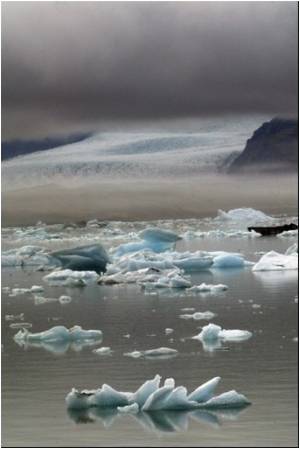
In a study carried out in Gothenburg, a group of researchers from the University of Gothenburg investigated how the concentrations of nitrogen oxides (NO and NO2) in the air can be linked to the weather.
The winter weather in Gothenburg and large parts of North-West Europe is partly down to the North Atlantic Oscillation (NAO), in other words the differences in air pressure over the North Atlantic. The NAO swings between positive and negative phases depending on the differences in air pressure between Iceland and the Azores.
The study has shown that the air quality standard has been exceeded more and more frequently during periods of a negative NAO even though emissions have fallen in the city centre since 2000 according to official measurements from the Environmental Administration.
"These extremely cold winters in Gothenburg, with high cold air, bring a clear deterioration in air quality. With typical Gothenburg weather - low air pressure with precipitation and strong winds - the air pollution is dispersed more quickly on account of better air mixing," said Maria Grundstrom from the University of Gothenburg's Department of Plant and Environmental Sciences.
Air mixing is often poor in Gothenburg during the months when the NAO is negative. This means that air pollution emitted at ground level accumulates and that the air quality becomes very poor. During the winter months of 1997 to 2006, concentrations of nitrogen oxides were around 18 percent higher during months when the NAO was negative than when it was positive.
Advertisement
This can be linked to the fact that the NAO has tended increasingly to be in a negative phase during the winter months over the last two years.
Advertisement
Source-ANI













